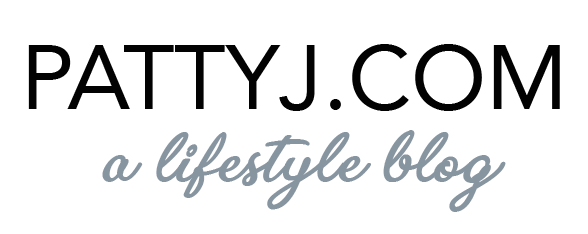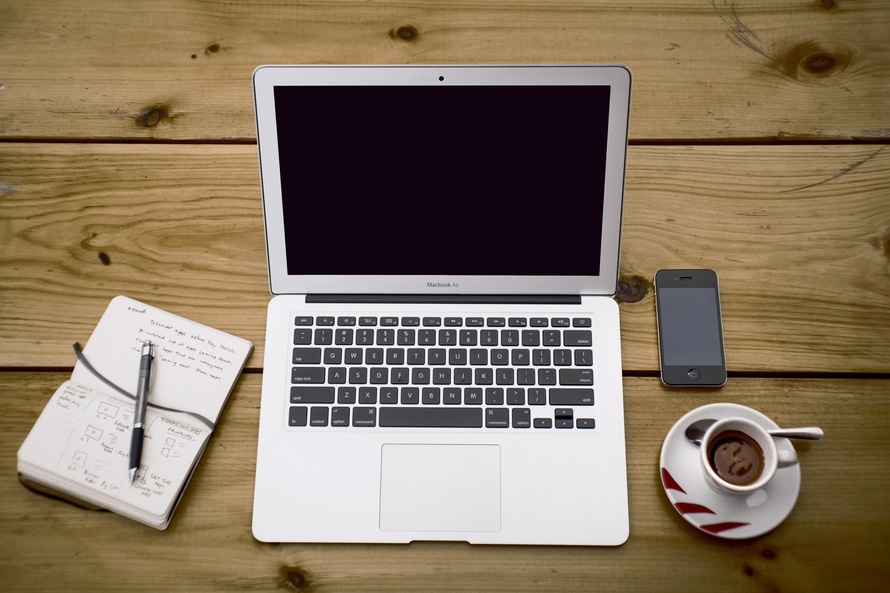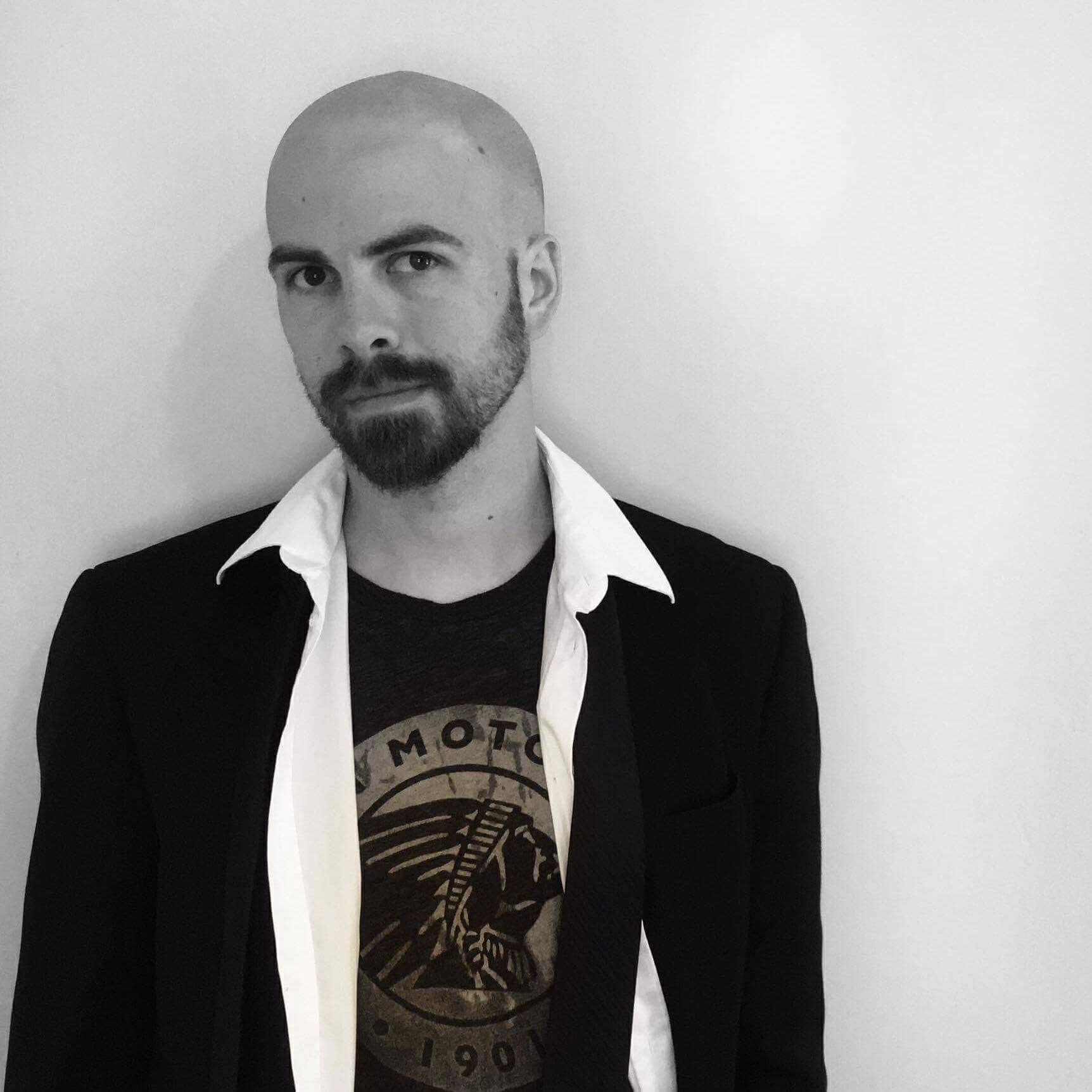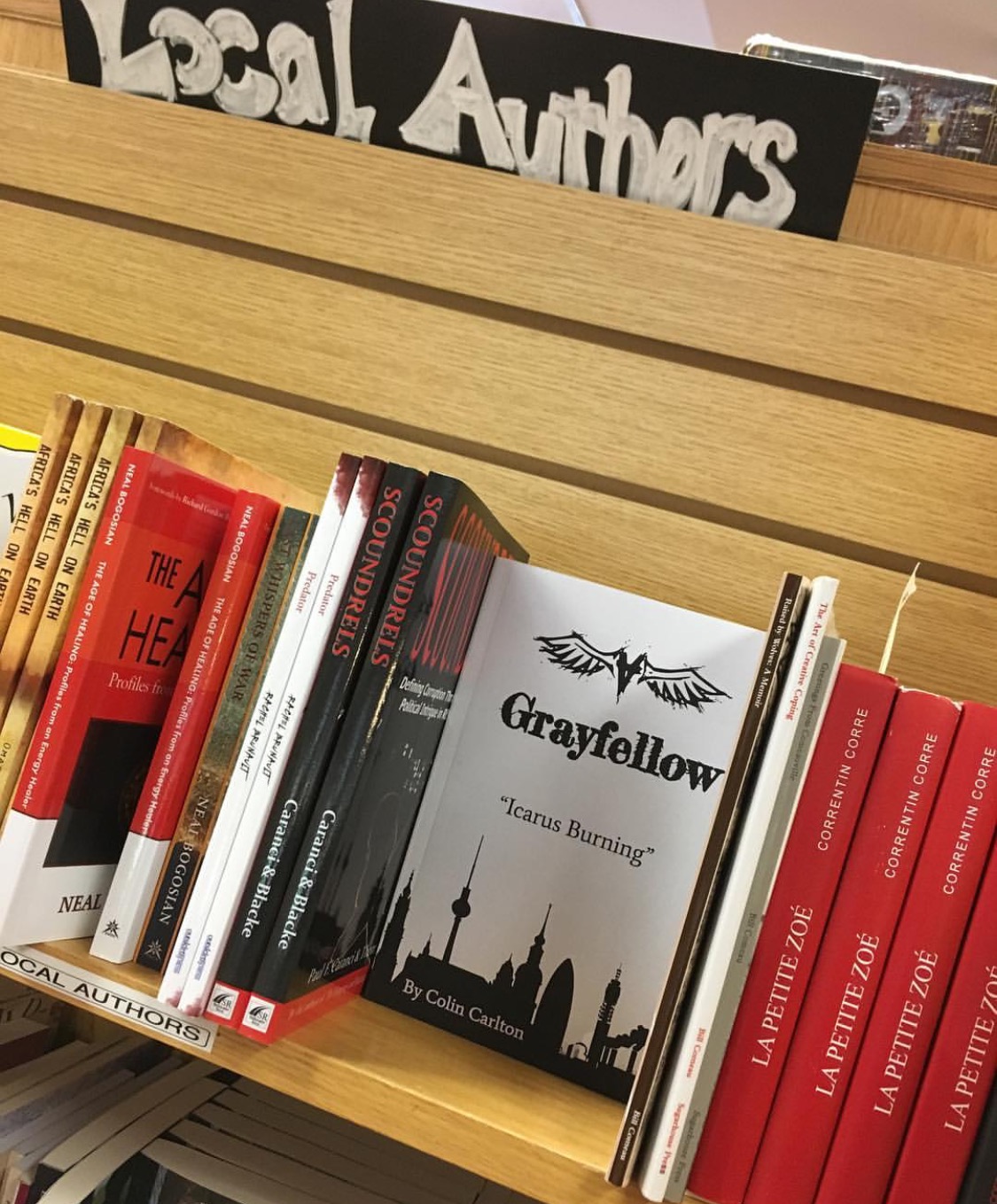So You Wanna Watch The Total Eclipse: A Local Guy's Guide To Getting Ready

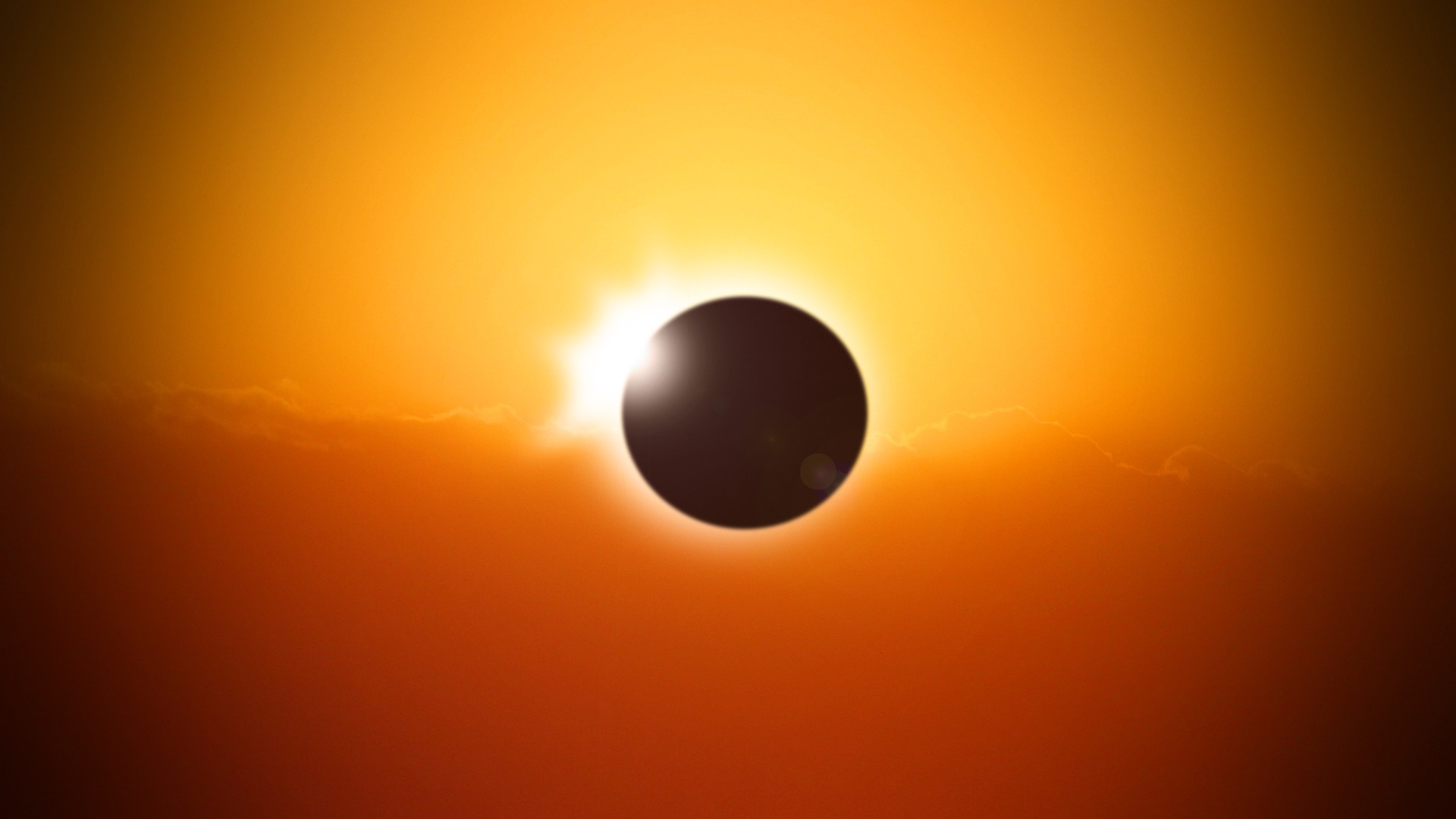

Turn around bright eyes, every now and then we have a total eclipse of the sun. Well, sort of. Everyone from NASA to Boston Public Radio is talking about this. The last total solar eclipse in this part of the world happened in 1979. So here’s everything you need to know about viewing this incredibly rare event happening on August 21st:
1. The actual full eclipse will only be seen in a narrow band running diagonally from Oregon to Charleston, SC., also known as the path of totality. Unfortunately we here in the northeast corridor will only be getting a partial eclipse. For us only about 70% to 60% of the sun will be blocked by the moon. But that doesn’t make it’s okay to stare at the eclipse! We all know it’s dangerous to look directly at the sun, the eclipse doesn’t change that. This is because the sun’s ultraviolet rays are still raining down during the event. Which is why you need to do one of two things: get some *certified* eclipse glasses or fashion a pinhole viewer, keep reading and I’ll explain how.
2. NASA is all over this eclipse and has a vast amount of resources on their website https://eclipse2017.nasa.gov. Trust me, you can spend hours learning about it there. So why don’t we have an eclipse every time the moon rotates around Earth? Because space doesn’t have OCD, the moon’s orbit isn’t perfect. It takes a wobbly path around our planet, which means we only get an eclipse when it is dead center between us and the sun. Having a solar eclipse isn’t unique to Earth either, a lot of planets experience them including Mars. So go ahead and put seeing that on your bucket list, I’m sure Elon Musk already has.
3. Eclipse viewing glasses aren’t just a fashion choice, but you do need to make the right choice! The Chicago Tribune reported that some companies are selling glasses that say they are certified safe, but are really just fakes. Why? Basically the only reason anyone does anything sketchy, profit. Here’s the deal - a lot has changed since 1979. As a society we are much more aware and interested in our world and the things, literally, revolving around it. So the demand for eclipse viewing glasses has been very high this year. It’s not that eclipses in general are rare, but a total one that is exclusive to the America is. Thus some companies are putting out fake spectacles and at times even producing fake safety reports for them. And that’s dangerous because looking at the event without proper glasses could lead to vision problems. This is why we can’t have nice things!
4. According to The Tribune, there is a list of verified brands selling the glasses: American Paper Optics (Eclipser), APM Telescopes (Sunfilter Glasses), Baader Planetarium (AstroSolar Silver/Gold Film), Celestron (EclipSmart Glasses & Viewers), DayStar (Solar Glasses), Explore Scientific (Solar Eclipse Sun Catcher Glasses), Lunt Solar Systems (SUNsafe SUNglasses), Meade Instruments (EclipseView Glasses & Viewers), Rainbow Symphony (Eclipse Shades), Seymour Solar (Helios Glasses), Thousand Oaks Optical (Silver-Black Polymer & SolarLite), and TSE 17 (Solar Filter Foil).
5. But if you still can’t get yourself a pair of those, try making a pinhole viewer. They’re easy and can be made out of things you have around the house. Take a rectangular box, like a cereal box, and place white cardstock at the bottom. In the top cut two holes, cover one with foil. Poke a small pinhole in the foil. When viewing the eclipse keep the event behind you so that the light will stream through the pinhole and onto the white paper inside while you look through the other hole.
Happy Eclipsing
+ Colin Carlton
More About Colin
Colin is a local author and freelance writer.
For more from him, please check out:
@colincarlton on Twitter + Instagram
@colincarltonofficial on Facebook
